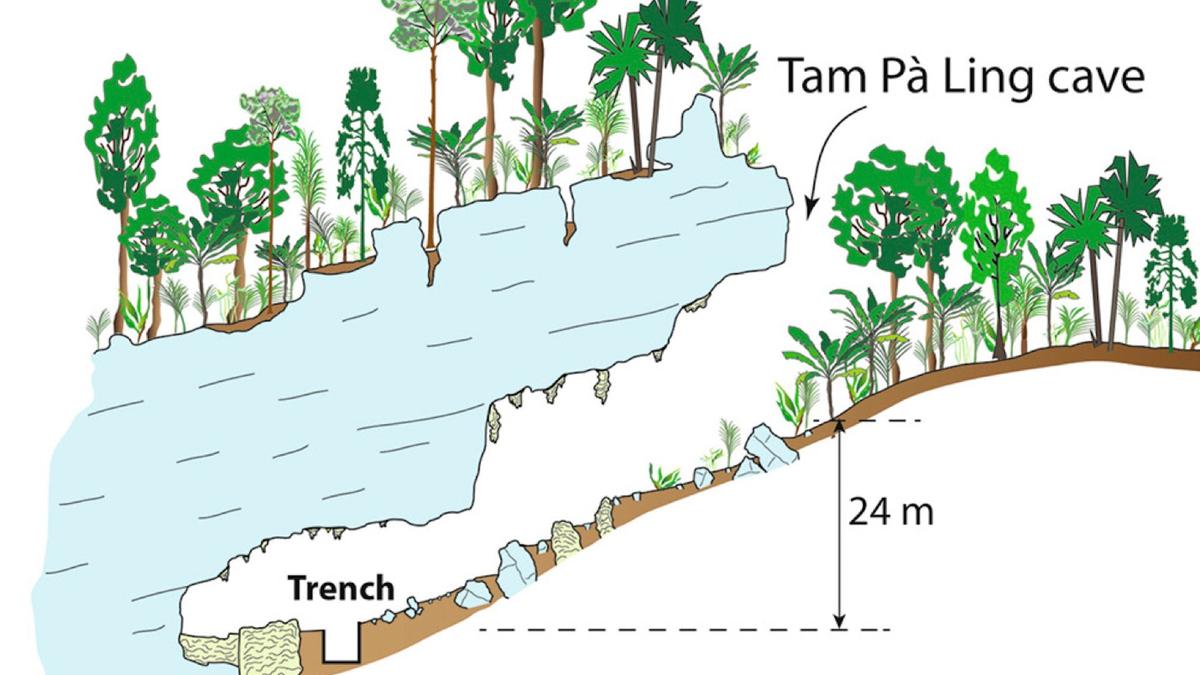
When did humans first arrive in Southeast Asia? Premium
The Hindu
In a new study, researchers have reported more human remains found in Tam Pà Ling – and a more detailed and robust timeline for the site. This shows humans reached the region at least 68,000 years ago, and possibly as long as 86,000 years ago.
In 2009, when our team first found a human skull and jaw bone in Tam Pà Ling Cave in northern Laos, some were sceptical of its origin and true age.
When we published a timeline in 2012 for the arrival of modern humans in mainland Asia around 46,000 years ago based on the Tam Pà Ling evidence, the sceptics remained.
In short, the site was given a bad rap. One of the most interesting caves in mainland Southeast Asia was frequently overlooked as a possible route on the accepted path of human dispersal in the region.
However, in new research published in Nature Communications, we report more human remains found in Tam Pà Ling – and a more detailed and robust timeline for the site. This shows humans reached the region at least 68,000 years ago, and possibly as long as 86,000 years ago.
Our team of Laotian, French, US and Australian researchers has been excavating at Tam Pà Ling for many years. As we dug, we found more and more evidence of Homo sapiens at earlier and earlier times.
First there was a finger bone, then roughly 2.5 metres deeper, a chin bone, then part of a rib. In total, eight pieces were found in only 4.5 metres of sediment – which may not sound like a lot, but is huge in archaeological terms.
Surely, we thought, this would be enough for Tam Pà Ling to take its place among the early human arrival sites in Southeast Asia.













